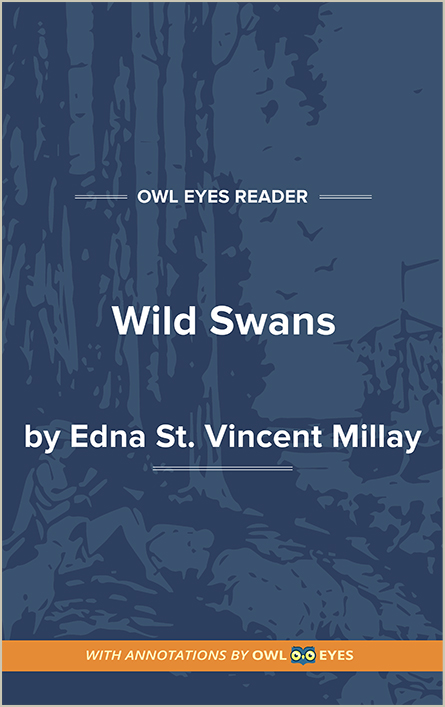Analysis Pages
Themes in Wild Swans
Themes Examples in Wild Swans:
Wild Swans
🔒"crying!..." See in text (Wild Swans)
"House without air..." See in text (Wild Swans)
"trailing your legs..." See in text (Wild Swans)
"Tiresome heart, forever living and dying,..." See in text (Wild Swans)
"And what did I see I had not seen before?..." See in text (Wild Swans)

